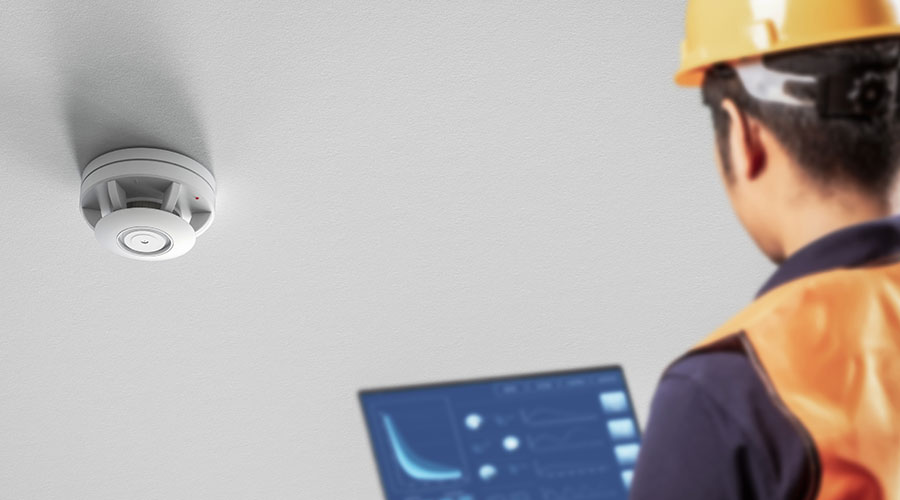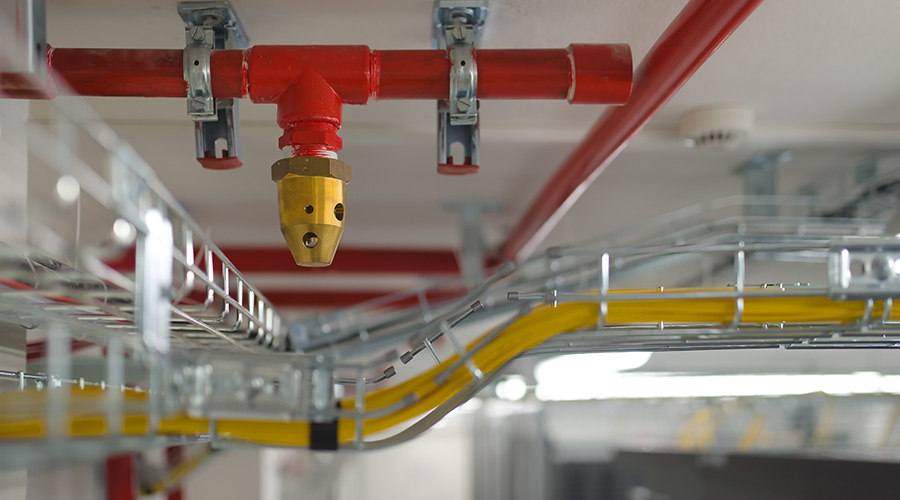Hazardous Materials: Focus on Flammables
Principles of good storage for hazardous materials include not only segregating the chemical from other incompatible materials in storage. They also include protecting containers from physical damage and providing fire protection and spill response based specifically on the nature of the hazard.
Flammable materials in institutional and commercial facilities present a series of unique challenges for maintenance and engineering managers. Managers can follow these general guidelines for proper storage and handling of these materials.
The first step is to refer to the National Fire Protection Association (NFPA) for proper storage requirements. The NFPA 30 document contains most mandates for storing flammables. In general, specially designed storage cabinets are available for storing not more than 120 gallons of Class I, Class II, and Class IIIA flammable liquids.
These cabinets typically are constructed of 18-gauge sheet steel consisting of a double wall, although wood cabinets that meet the requirements of NFPA 30 are permitted. The door should have a three-point latch and a sill raised to at least 2 inches above the bottom of the cabinet to contain spilled liquid within the cabinet. Technicians should mark the cabinet “Flammable — Keep Fire Away” in conspicuous lettering.
When dispensing flammable and combustible liquids from a drum, NFPA recommends using an approved, hand-operated pump, drawing through the top. Technicians also can use an approved self-closing drum faucet for dispensing from a drum. But hand-operated pumps are safer than faucets because they reduce hazard leaks.
For handling small quantities of flammable and combustible liquids, technicians should use safety cans, which prevent leaks and minimize the likelihood of spills or vapor release, as well as container rupture under fire conditions. Typical safety cans have pouring outlets with tight-fitting caps or valves normally closed by springs, except when held open by hand, so contents will not spill if a can tips over. The caps also provide an emergency vent if cans are exposed to flames.
Jeffery C. Camplin, CSP, CPEA, is president of Camplin
Environmental Services Inc. in Rosemont, Ill. He also is the
administrator of the American Society of Safety Engineers’ Environmental Practice Specialty.
Related Topics:

















